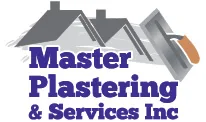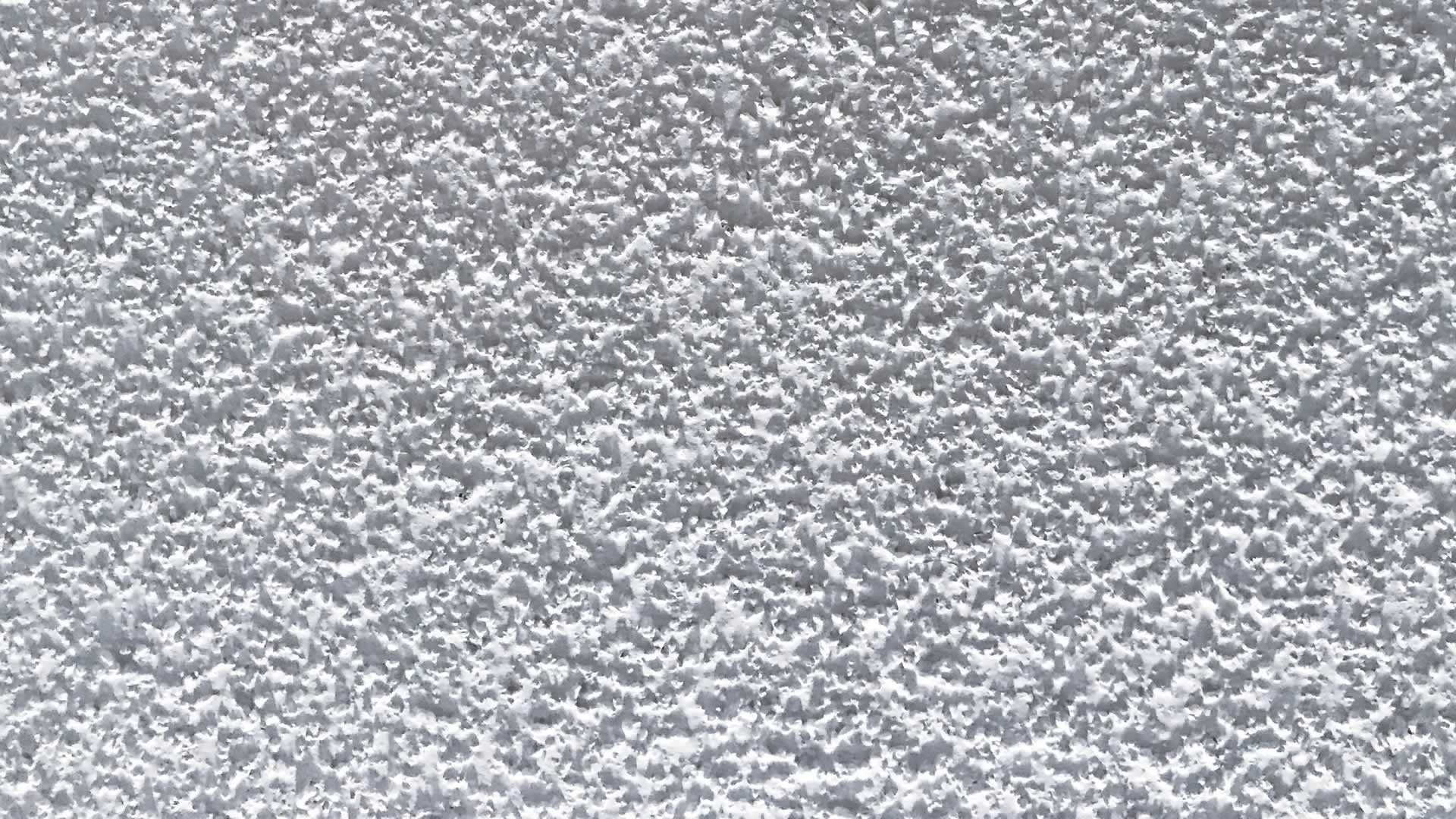Moisture causes all sorts of issues within the home. Sometimes, it’s easy to spot. You may notice a leak in your ceiling and take steps to fix it quickly.
When moisture is allowed to spread, the trouble spreads with it. If you see signs of mold on your drywall, take action immediately. The longer you wait, the more opportunity it has to affect other areas.
A prompt response will save you a bigger headache (and a lot of money) down the road. Below, you’ll find some of the best tips for dealing with drywall mold. Give them a try and kick your mold issue to the curb before it takes over.
Take Precautions
 Before getting straight to the tips, it’s important to note that dealing with mold requires certain precautions. Mold can trigger reactions in some people (especially those with pre-existing mold allergies or sensitivities) and cause coughing, blurry vision, headache, and other symptoms similar to the common cold.
Before getting straight to the tips, it’s important to note that dealing with mold requires certain precautions. Mold can trigger reactions in some people (especially those with pre-existing mold allergies or sensitivities) and cause coughing, blurry vision, headache, and other symptoms similar to the common cold.
Wear PPE (Personal Protective Equipment) when cleaning up mold.
- Gloves – Preferably, wear long rubber or nitrile gloves.
- Mask – A properly fitting N-95 respirator mask will help filter spores.
- Goggles – Goggles without ventilation holes protect your eyes.
How to Handle Mold on Drywall
Put on your PPE and follow these steps to banish mold on drywall. If the affected area is 10 sq ft or less, it’s safe to complete removal yourself. Anything bigger may require a professional team.
Stop Mold at the Source
Before cleaning up any mold, determine why it grew in the first place. Fix any leaks causing moisture, put a dehumidifier in the area, or take whatever steps necessary that prompted mold growth. Otherwise, you’ve left it an open invitation to return.
Get Rid of Surface Mold
The first step is to remove all visible mold from the surface of your drywall. Use a vacuum equipped with a HEPA filter and vacuum the surface. Loosen up any remaining mold with a medium or hard-bristled cleaning brush and vacuum again. You can also remove surface mold with soap and water.
Treat the Area
Your next step is to kill the mold and prevent it from regrowing in the same spot. A few different treatments work, including one made with ingredients you probably already have in your home. DIY mold treatment isn’t necessarily expensive, but it must be done quickly and correctly.
To treat the area, use undiluted white vinegar with a 5% or 6% concentration. Add it to a spray bottle and thoroughly spray the area that has mold. Let the vinegar sit on the surface for a while (up to an hour) so that it works its way to the root of the mold.
You may also use a mixture of vinegar, baking soda, and water to do the job. Just combine a ratio of two parts baking soda with one part white vinegar and one part water in your spray bottle and follow the same instructions above.
Deal With Discoloration
Once the area has been cleaned and treated, you may notice some discoloration in the freshly dried area. That’s normal, and you can go ahead and handle it by repainting the area. There are mold-killing primers on the market, but they don’t work effectively on porous surfaces like drywall. To handle any lingering discoloration, paint the area as you typically would.
When to Call in the Professionals
If the tips above don’t remove the mold problem, or it’s more extensive than expected, you may have to replace the drywall entirely and do more thorough mold remediation work. While you may be able to replace small areas of drywall yourself, you risk giving the mold more time and opportunity to spread.
At that point, call in a professional mold remediation team. If the mold has spread to an area larger than 10 sq ft or you notice mold behind drywall, let experts handle it. Additionally, mold caused by a sewer leak or contaminated water needs a professional team on your side.
Final Thoughts
 Taking immediate action is crucial when it comes to dealing with mold growth on drywall. Mold can spread rapidly and pose health risks to you and your household.
Taking immediate action is crucial when it comes to dealing with mold growth on drywall. Mold can spread rapidly and pose health risks to you and your household.
By following the proper precautions and utilizing the tips provided, you can effectively handle mold on drywall.
However, it’s important to remember that larger or more extensive mold problems may require the expertise of a professional.
If the mold issue persists or if it has spread to an area larger than 10 sq ft, it’s best to seek professional help to ensure thorough remediation. At Master Plastering & Services Inc., we have the knowledge and experience to tackle mold problems and restore the health and integrity of your home. Don’t let mold take over—take action today to safeguard your living environment.





